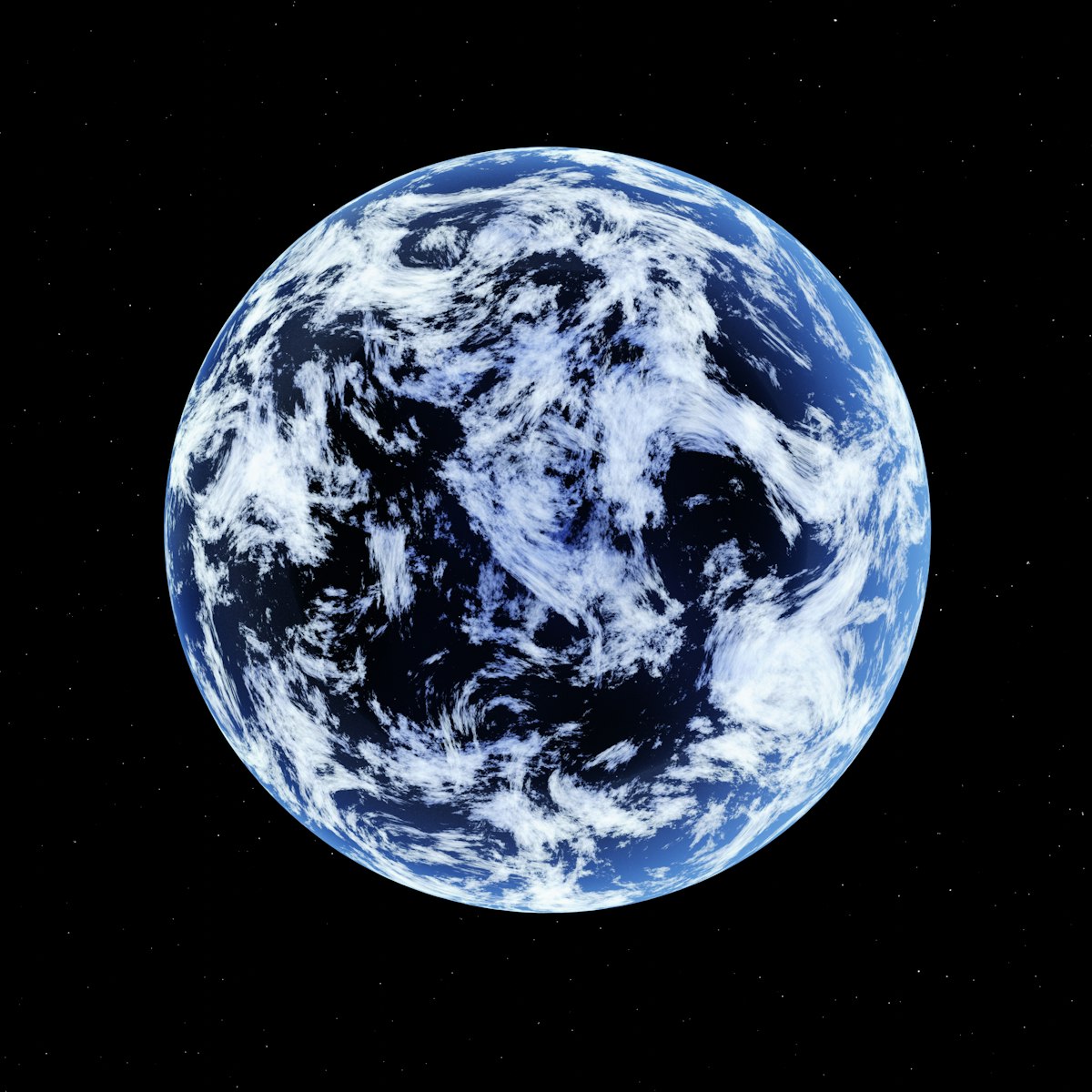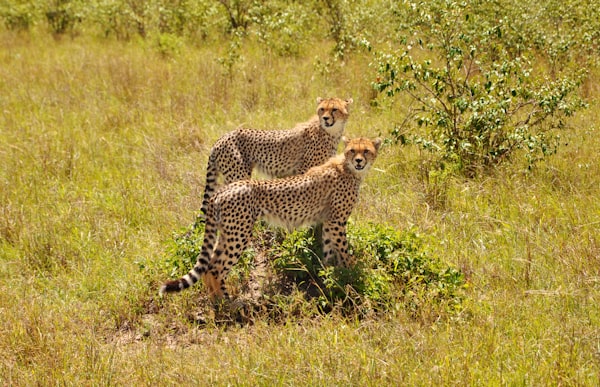Our Solar System

Our solar system is formed by two groups of planets, inner planets and outer planets, that orbit the sun, the center of our solar system.
The inner planets are called "terrestrial" because they are made of a rocky substance. They are Mercury, Venus, Earth, and Mars.
- Mercury is the closest planet to the sun, and is also the smallest inner planet.
- Venus is the second-closest inner planet to the sun and is the hottest one in our planetary system.
- Earth is our home planet; it is the only planet in our solar system that has life.
- Mars is the last inner planet; it is the closest to the outer planets.
These planets have thin atmospheres, solid surfaces, few or no moons, and no rings.
These two groups of planets are separated by the asteroid belt, which is home to giant lumps of nickel and iron (asteroids) that fly thought space.
Another space phenomenon that can be witnessed is the comets. These are dusty, icy bodies that orbit the sun beyond Neptune. One of them, Halley's Comet, can be seen once every seventy-five years.
The outer planets consist of Jupiter, Saturn, Uranus, and Neptune. These are known as the gas giants because they are made of gas.
- Jupiter is the closest planet to the inner planets and can fit around thirteen thousand earths inside of it.
- Saturn is the second planet in the outer planets; it is well known for its rings that are made from ice and rock.
- Uranus is known as the sideways planet. Its rings rotate the opposite way the other planet's rings rotate; vertically.
- Neptune is the coldest planet in the solar system. It also has very high wind speeds.
These planets have thick atmospheres, no solid surfaces, and many rings and moons.
The moon is the earth's only natural satellite. It revolves around the earth once per twenty-seven days.
A moon phase is the shape of the moon lit up by the sun's light as seen from the earth. Four phases repeat over the span of 29.5 days:
- From Earth, the new moon looks completely dark. This phase occurs when, in its orbit around the earth, the moon is in between the earth and the sun.
- The full moon appears completely illuminated from Earth. This happens when, in its orbit around the earth, the moon is behind the earth.
- The first and third quarter moons are both half-lit from Earth, but they are on different sides. When, in its orbit around the earth, the moon forms a right angle with Earth and the sun, these phases occur.




